Trinitarian Church
Introduction
Text-to-speech Audio
This entry contains information on the Trinitarian Church that was demolished in the city of Fitchburg. It covers how the church came to be, it's backstory and any changes it went through. This entry also explains its effects on the city as a whole, why it was an important monument, and what it ultimately represented.
Images
Trinitarian Church
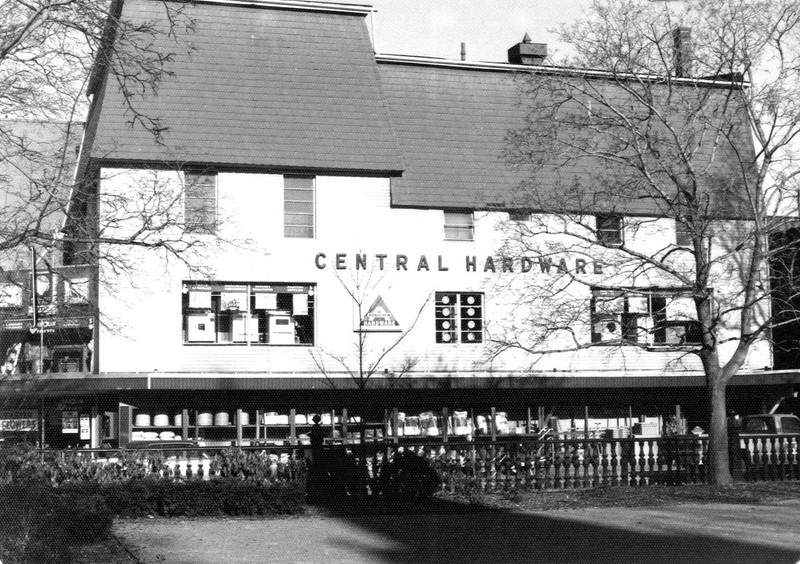
Trinitarian Church 2
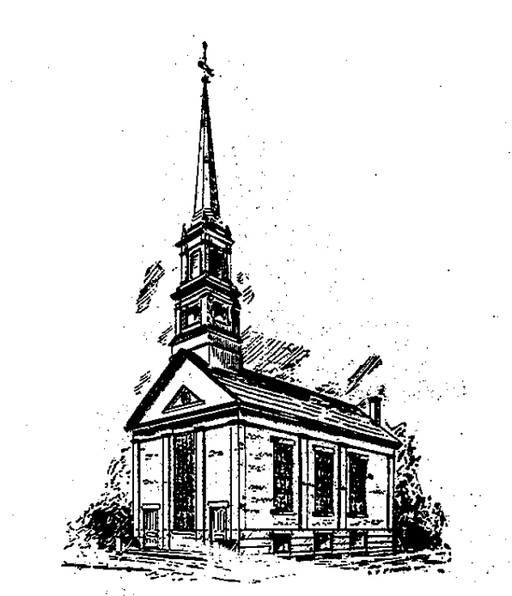
Trinitarian Church 3
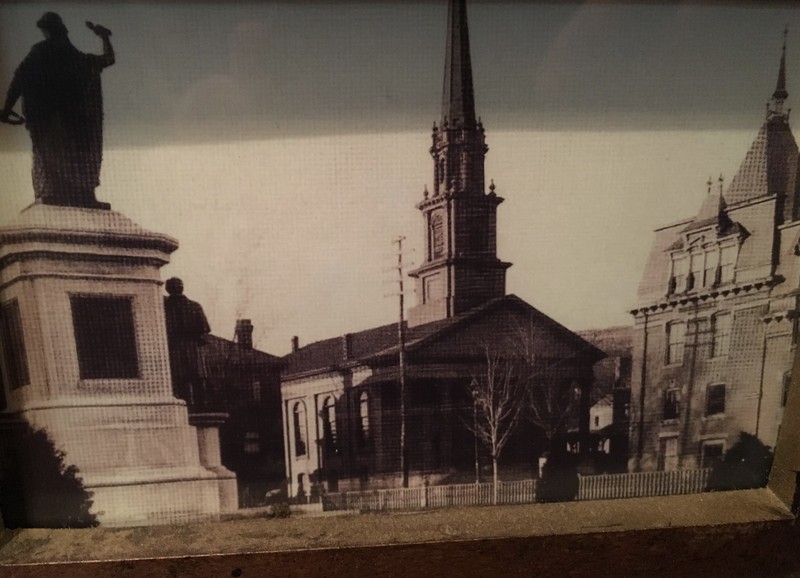
Trinitarian Church Bell
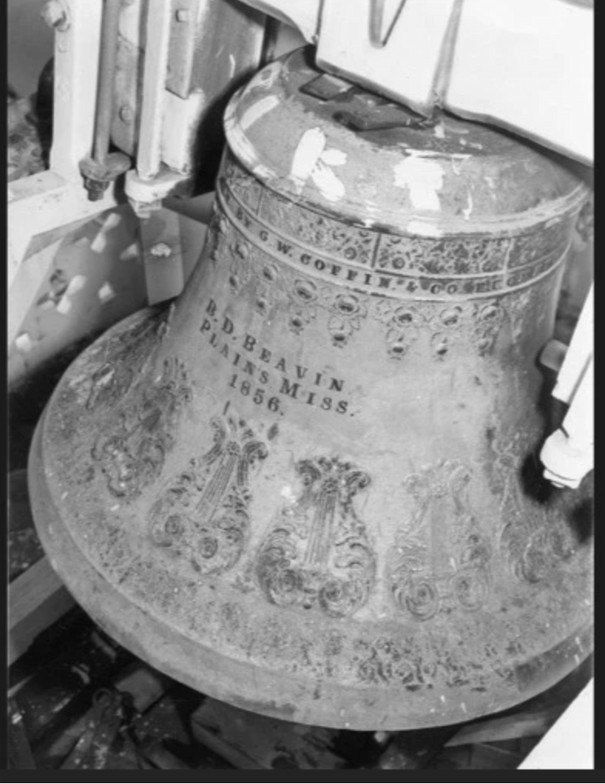
Map Location of Church within the district
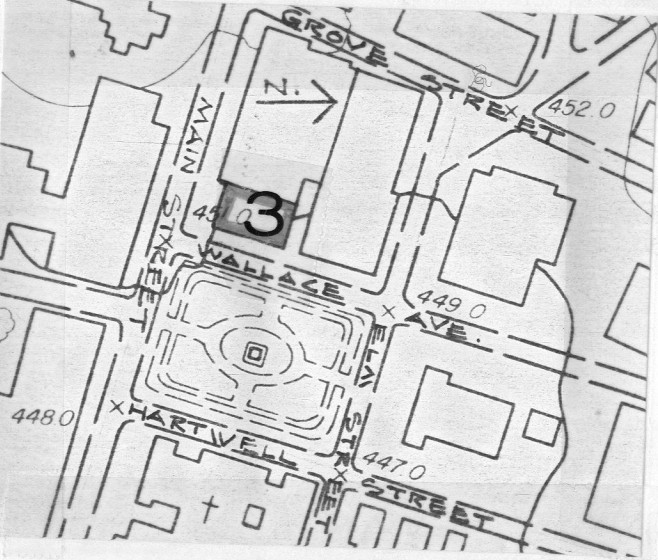
View of Trinitarian Church
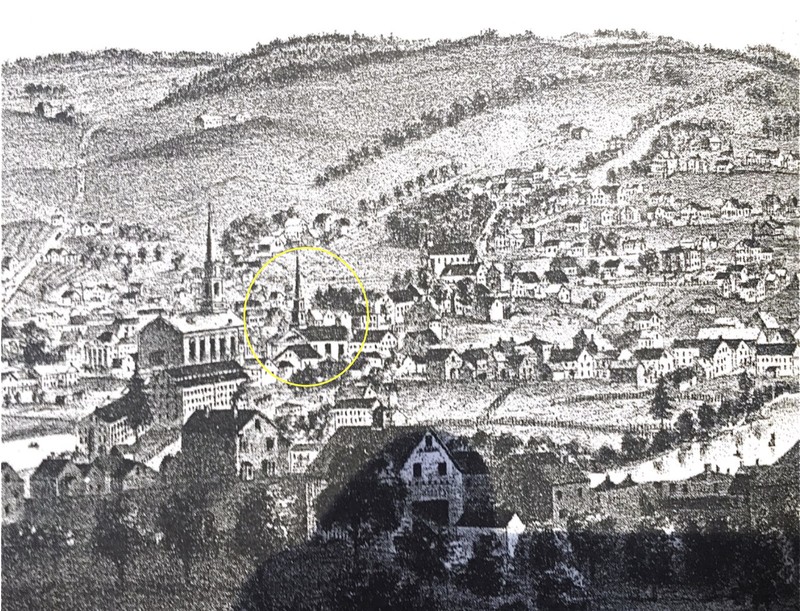
Park Square Building
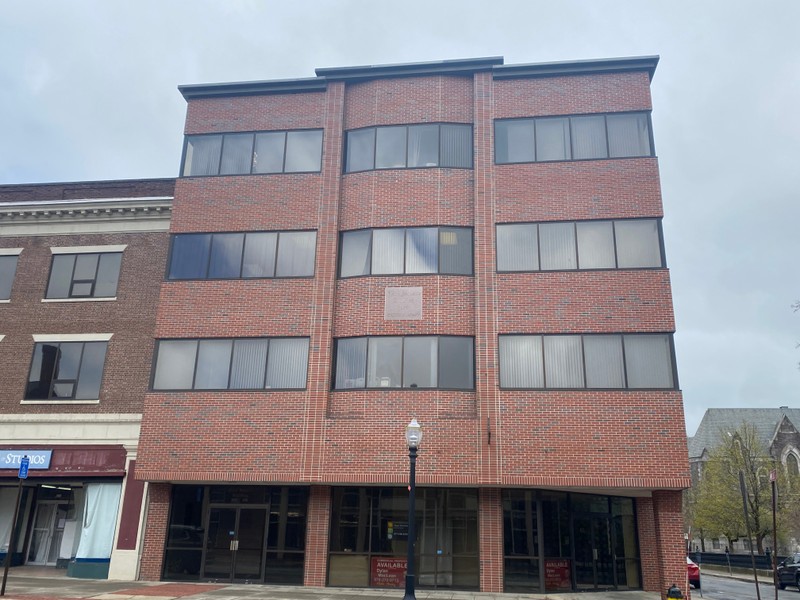
In 1917 Aubuchon Hardware opened this store as their second location. Named Central Hardware, it was the only location that had a different name, as all subsequent stores were also called Aubuchon Hardware.
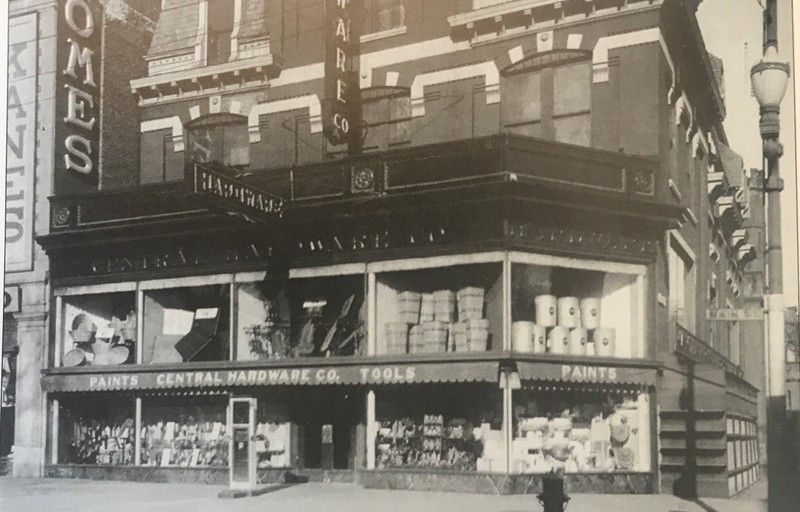
The Old Trinitarian Church
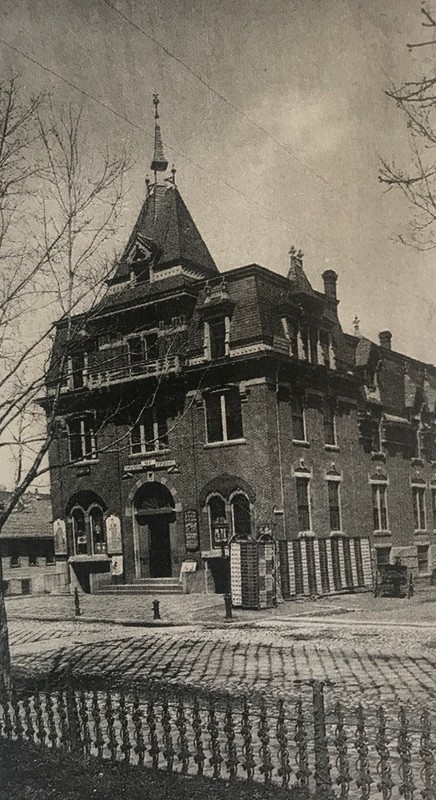
Backstory and Context
Text-to-speech Audio
The Trinitarian Congregational Church was built during a time when the railroad to Fitchburg created a spurt of growth, the 1840s. The church was built from the oldest building in the Monument Park District and served as a stop on the Underground Railroad. The Trinitarian Congregational Church split from the Calvinistic Church in 1843 following three tumultuous years of discussions about slavery, and its members withdrew from the Calvinistic Church shortly before the Calvinistic Church formally adopted a resolution condemning slavery as an evil of great magnitude. The Trinitarian Church was constructed specifically in 1844 by architect H.M. Francis. The church was established as a chapter of William Lloyd-Garrison's anti-slavery society and was founded by Benjamin Snow Jr., Abel Thurston, and Alpheus Kimball. This made it a symbol against slavery and as such attracted many abolitionist speakers who would often stay with Benjamin Snow. These speakers included Fredrick Douglas, Lucy Stone, and George Thomson. The church was also a scene for many slavery protests as it was seen as a safe place free from slavery.
Fitchburg’s role in the anti-slavery movement dates to the 1830s, when people residing in Fitchburg helped in local, regional, and national efforts with multiple homes serving as stops along the Underground Railroad.
Benjamin Snow was a prominent figure in the anti-slavery movement within Fitchburg. In 1863, He purchased an 800-pound bell that had been cast for use on a plantation in Mississippi and used to call enslaved African Americans to their daily labor. The bell was seized during the Civil War and Snow bought it as part of an auction. It was placed in the belfry of the church, and Snow insisted it would not ring again until slavery had ended. Snow was finally able to ring the bell on January 1, 1863, after receiving news of President Lincoln's Emancipation Proclamation. Today, the bell is still in use at the Federated Church in Ayer, MA.
The Trinitarian Church was used by the congregation until around 1870, when it eventually merged with the Rollstone Congregational Church, which is still active today. On November 15, 1871, the Trinitarian Church building was sold at auction. It was sold for $14,300 to a man named John M. Carpenter where it was remodeled by H.M. Francis for commercial use in 1875 and 1883. It was used as a post office from 1872 until 1901 and then used by Central Hardware in 1917, a store owned by Aubuchon Hardware. It was ultimately demolished in the 1980s. Today, this spot holds a commercial real estate building called Park Square Building.
The importance of the Trinitarian Church stems from the meaning of its construction against slavery in a time where there was much uncertainty. The Trinitarian church stood to represent peace, stability and eventually liberation as it united people under a common belief and goal. As a demolished monument of Fitchburg, the loss of its physical presence leaves residents and visitors alike the potential to miss the history of such an important site.
Sources
Editorial. “Tributes to Lowell's and Fitchburg's Anti-Slavery Past .” Lowell Sun, Lowell Sun, 29 Apr. 2021, https://www.lowellsun.com/2021/04/30/tributes-to-lowells-and-fitchburgs-anti-slavery-past/.
Massachusetts Historical Commission. Monument Park District, April 1st 2000. Accessed May 5th 2022.
Melanson, Alana. “A FITCHBURG CONNECTION TO ’12 YEARS A SLAVE’.” Sentinel and Enterprise, 30 Mar. 2014, https://www.sentinelandenterprise.com/ci_25452498/fitchburg-connection-12-years-slave.
Myer, K., T. Dixion, B Friedberg (03/10/2009). National Register of Historic Places Multiple Property Documentation Form. NPS Form 10-900-b. United States Department of the Interior National Park Service
About The Park (n.d.) Friends of Fitchburg Abolitionist Park. Accessed May 5 2022. https://www.abolitionistpark.org/about
O’Conner, Anne. “Ayer Church Bell Has ‘the Voice of Freedom.’” Nashoba Valley Voice, 2 Aug. 2016, https://www.nashobavalleyvoice.com/ci_30197544/ayer-church-bell-has-voice-freedom.
https://mhc-macris.net/#!/details?mhcid=FIT.A
https://mhc-macris.net/#!/details?mhcid=FIT.3
https://mhc-macris.net/#!/details?mhcid=FIT.3
https://www.abolitionistpark.org/about
https://www.abolitionistpark.org/about
https://mhc-macris.net/#!/details?mhcid=FIT.3
Aubuchon, Bernard W. Aubuchon Hardware. Arcadia Pub, 2008.
Historical Society, Fitchburg. Images of America: Fitchburg 2005
